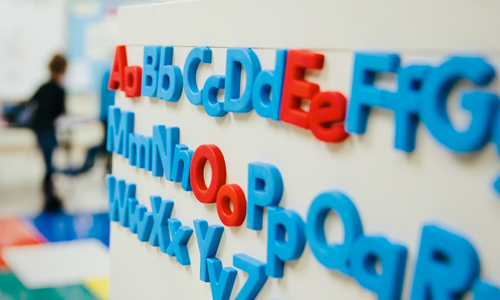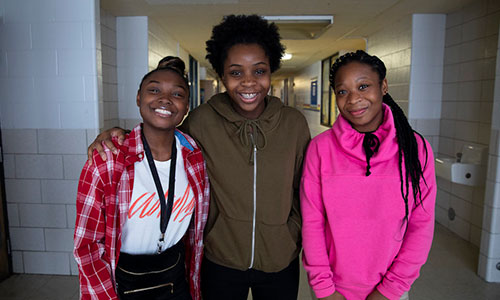
Walk into any classroom today and you’ll find great variation in student growth and kids with a variety of strengths, academic experiences, and needs. Superintendents now report an average of half of all their students are behind grade level, and other research suggests as many as 10% of students may be two or more grade levels behind.
The sheer variety of what students bring to school can be a major challenge for educators. Because these students’ needs are different, they’ll likely need different supports to be successful. At the same time, teachers are also tasked with ensuring every student has equal access to grade-level standards.
With only so many hours in the day, how can educators both differentiate to meet student needs and give all students access to the grade-level content they need to keep up and continue to succeed?
What the research tells us about helping kids succeed
It’s been my privilege to conduct research focused on meeting this intense challenge. And what my colleagues and I have found is heartening: there are many strategies teachers already use that have proven to be especially effective in helping children make the academic gains we know they can make. We’re calling these the Transformative Ten.
- Provide supplemental learning time for targeted retrieval practice
- Mix whole-group, small-group, and individual activities
- Adjust student groups in real time
- Share students and strategies within a grade level
- Differentiate tasks within a unit
- Provide targeted practice for foundational skills
- Teach from multiple standards at once
- Create opportunities for self-directed learning
- Use student discourse as formative assessment
- Explicitly teach academic vocabulary
Each of these strategies optimizes learning time, maximizes the amount of content students receive, and promotes student autonomy and empowerment. In our guide titled “The Transformative Ten,” you can read a detailed description of each approach along with relevant research and specific examples. Think of the paper as your toolkit for getting started addressing the tricky balancing act of differentiation vs. providing access to grade-level content.
About our studies
My research began with a commitment to understanding how schools generate high levels of student growth and to continuing the work of my late colleague, Andrew Hegedus. In 2019, Andy released provocative work demonstrating that schools that produce above-average student growth come from all corners of the country; in fact, 60% of the lowest-income schools showed growth above average.
My colleagues and I picked up where Andy left off and identified 789 schools that produced above-average growth for students in all achievement levels for multiple years. We then partnered with two of those schools, located in Schiller Park, Illinois. The Illinois schools are similar to others across the country: 62% of their students receive free or reduced-price lunch, 55% of students are non-white, and per-pupil spending in the district is below the state average. Yet these schools produced higher-than-typical growth across all student achievement levels six years running.
Getting to the heart of what effective instruction looks like requires close partnership. I visited the schools—Kennedy Elementary School and Lincoln Middle School—four times over the last 15 months. Each time, we conducted observations of classroom instruction and interviews with our four focus teachers, adding up to around 87 total hours of data. None of that could have happened without the willingness of teachers, principals, and a district willing to open up their practice for the benefit of other educators, and Schiller Park’s teachers and administrators deserve the bulk of the credit for making this work possible.
The purpose and intent of an effort like this departs in some important ways from other kinds of educational research. Unlike qualitative research, our intent was not to show conclusively that the strategies documented here can or will lead to high growth; other scholarship, particularly the pioneering work of John Hattie, meets that need. Instead, our intent was to pair existing research with concrete, in-the-moment details of professional practice that allow teachers and administrators to extract the best practices from high-growth schools and apply them in their own contexts and to their own students. Taking this approach allowed us to get much more specific about what high-quality instruction looks like while still drawing on past effectiveness research and the previously certified successes experienced in Schiller Park.
For the kids
Schiller Park teachers describe their commitment to student growth in five words: “All kids are our kids.”
While the challenges associated with meeting the needs of diverse learners grew during the pandemic, they were present long before the pandemic and aren’t likely to disappear anytime soon. By focusing on student growth and learning from the schools that achieve that growth, we stand to gain the specific research-based strategies teachers need to help all students succeed, not just those on the margins of grade-level proficiency.
We believe learning can be both individualized and equitable, and the Transformative Ten are first steps for getting there.







